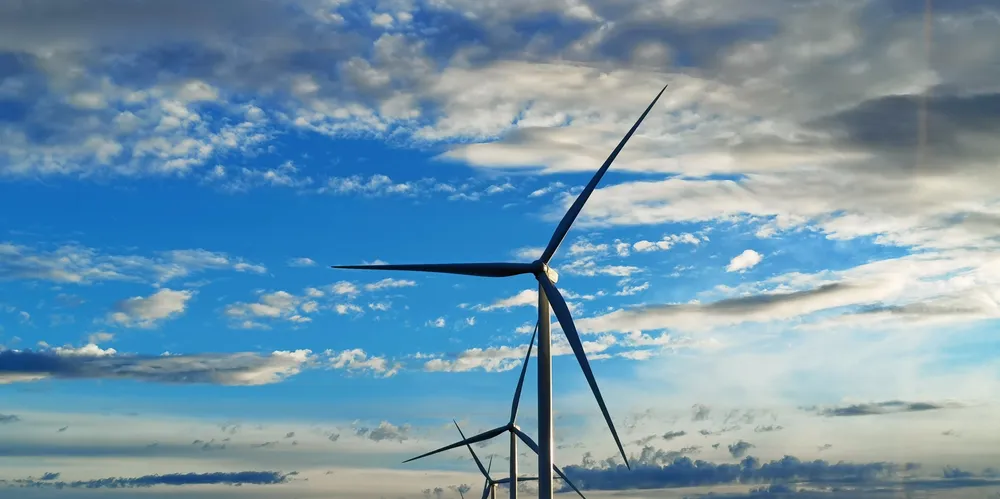Where will it be cheapest to produce green hydrogen? IEA's new interactive data tools show some surprising results
Agency’s new levelised cost of green hydrogen map shows that world's windiest locations come out on top

New data tools from the International Energy Agency (IEA) indicate that it will be cheaper to produce green hydrogen in some of the windiest locations in the world in 2030, rather than those blessed solely with abundant solar resources.
The analysis suggests that the best wind speeds can be paired with even middling solar PV resources to bring costs down below solar-only systems by 2030.
In fact, the world’s cheapest renewable hydrogen could be produced in hybrid wind and solar-powered electrolysers in the UK, Norway, eastern Canada, and southern Argentina — as well as in northern China, according to the IEA’s new interactive levelised cost of hydrogen (LCOH) mapping tool, launched last week.
The website maps out the LCOH against a base set of capex and opex assumptions for solar, onshore wind and electrolysis, which are then varied depending on location — and illustrated via a graded colour code (without specific location-by-location data).
According to the graded colour-coded key, the cheapest locations were in northern China and southern Argentina — where hydrogen can be produced at close to $1.5/kg — the former most likely on account of rock-bottom capex and opex costs, and the latter on account of some of the world’s best wind resources.
Canada’s eastern province of Newfoundland and Labrador, where onshore wind speeds top 9.3 metres per second, according to the Global Wind Atlas, was also flagged as a cheap location, while in Europe, windy Norway and the UK both appear to show cheaper LCOH than most of sunny Spain.
Solar-rich India and western Sahara in Africa also featured as locations where it is possible to produce hydrogen at around $2/kg, while the most expensive places were Japan and Russia's eastern provinces, where the colour code indicated prices of over $4/kg.
Capex costs for wind power are higher than for solar (the IEA’s base assumptions were up to $1,025/kW for solar and $2,840/kW for wind) and even the IEA’s base opex assumptions for wind are more than triple those for solar, coming in at up to $75/kW compared to up to $23/kW for PV. It does not appear to include subsidies.
But electrolysis utilisation is massively increased when it is paired with a combination of solar and wind.
“This holds true even for some excellent solar PV locations in Northern Africa and Australia as long as wind capacity factors are sufficiently high.”
Chile, Australia, Spain and Namibia are usually touted as potential hydrogen production hotspots on account of their abundant renewable resources, especially solar. However, while the IEA showed hydrogen production in Chile at around $2/kg, on a par with India and the UK, Australia appeared to be lagging behind slightly.
Significantly, when the capex assumptions for onshore wind and solar on the interactive tool are increased by 25% it makes only marginal difference to the LCOH in northern China and Argentina, suggesting that the resources are either too proficient or the capex costs already too low to be affected.
And some inner parts of Namibia, where the EU has promised €1bn in public and private finance for green hydrogen and raw materials, are among the most expensive places in the world to produce renewable hydrogen.
The tool is one of a pair developed by the IEA with Germany’s Institute of Energy and Climate Research in Jülich.
Where are the projects located?
The project pipeline for both blue (made with fossil gas and carbon capture and storage) and green hydrogen is dominated by green hydrogen, which accounts for a massive 82% of total hydrogen production by the end of the decade, far exceeding the 17% for blue hydrogen.
When the map is adjusted to show only projects that are currently either operational or post-final investment decision, blue hydrogen accounts for nearly half of all hydrogen production by 2030, although the launch of the European Hydrogen Bank today (Thursday) has given a strong a signal that green hydrogen projects will progress.